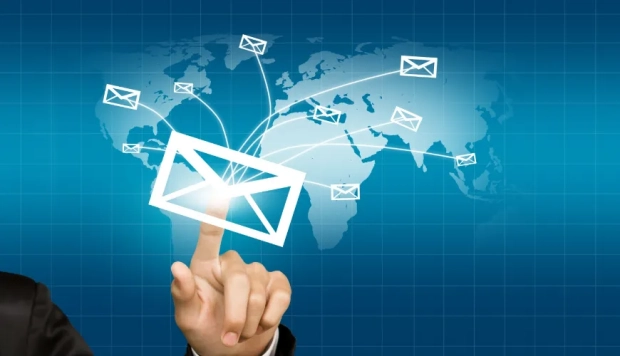What is email deliverability?

In the world of digital marketing, email deliverability is paramount. Whether you're a seasoned marketer or a business owner just starting with email campaigns, understanding and improving email deliverability is crucial for reaching your audience and achieving your desired conversion rates. This article will delve deep into the factors influencing email delivery and the best practices to ensure your emails not only reach the inbox but also generate engagement.
At its core, email deliverability refers to the likelihood that your emails will successfully land in a recipient's inbox rather than getting lost in the digital abyss or, worse, landing in the dreaded spam folder. But achieving high delivery rates isn't merely about hitting "send" and hoping for the best. Various factors, from list hygiene to domain based message authentication reporting conformance (DMARC), play a vital role in this equation.
The Importance of List Hygiene
List hygiene is the practice of regularly cleaning and maintaining your email list to ensure maximum deliverability. This means removing inactive subscribers, correcting typos in email addresses, and most importantly, removing any addresses that may be spam traps.
Double Opt-In: One of the most effective methods for maintaining list hygiene is the double opt method. This requires new subscribers to confirm their subscription, ensuring that the email address provided is valid and that the user truly wants to receive your emails.
Craft a Compelling Subject Line
Your subject line is the first impression you make. If it doesn't capture attention or feels spammy, users might never open your emails or even worse, mark your emails as spam. Keep it relevant, honest, and engaging.
Embrace Email Authentication Methods
With the rising threat of email scams and phishing attempts, it's vital for recipients and email service providers to trust the source of incoming emails.
DomainKeys Identified Mail (DKIM): DKIM allows the receiver to verify that the email was indeed sent and authorized by the owner of that domain. This is done by giving the email a digital signature.
Domain Based Message Authentication Reporting Conformance (DMARC): DMARC takes things a step further by specifying how receivers should respond to emails that don't pass DKIM or another authentication method known as SPF.
By embracing these email authentication methods, you're making it clear to both the email service providers and your recipients that your emails are genuine and trustworthy.
Keep an Eye on Bounce Rates
Bounce rates represent the percentage of your sent emails that couldn't be delivered. High bounce rates can negatively impact your email deliverability. Regularly monitor these rates and remove any email addresses that frequently bounce to maintain a clean list.
Understand IP Address Reputation
Your IP address is like your digital home address. If you constantly send spammy content or get flagged, your IP address gains a negative reputation. As a result, emails from that address have a lower chance of being delivered. Ensure you're not sharing your IP address with other users who might be damaging its reputation.
Avoiding Spam Traps
Spam traps are email addresses used by organizations to identify and monitor spammers. If you send emails to these addresses, it's a clear indication that you're not maintaining good list hygiene. Regularly clean and update your list to steer clear of these traps.
Engage Your Audience
Lastly, it's not just about getting your emails to the inbox; it's about engagement. Monitor who has opened your emails and who has clicked on the content inside. Send relevant and valuable content that your subscribers would find interesting and beneficial.
Conclusion
In the vast digital landscape, where everyone is vying for attention, ensuring your message reaches its intended recipient is of utmost importance. By focusing on improving email deliverability, maintaining list hygiene, crafting the right subject lines, and employing proper email authentication methods, you can drastically increase the chances of your emails being seen, read, and acted upon. Remember, every email sent is an opportunity to connect, engage, and convert – make sure it counts!



